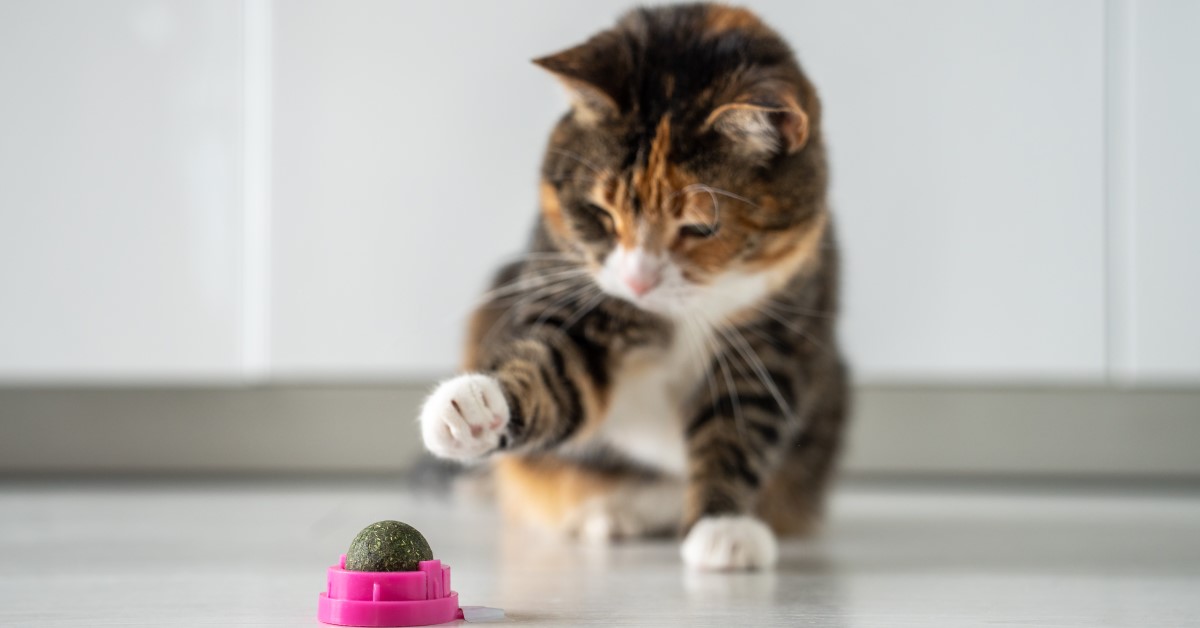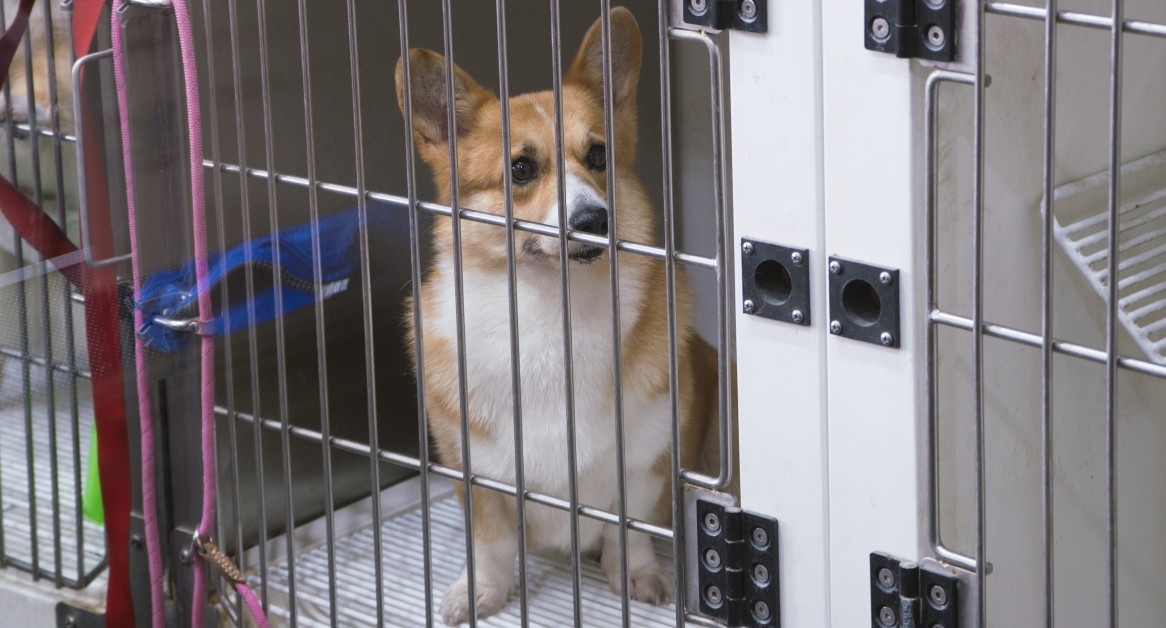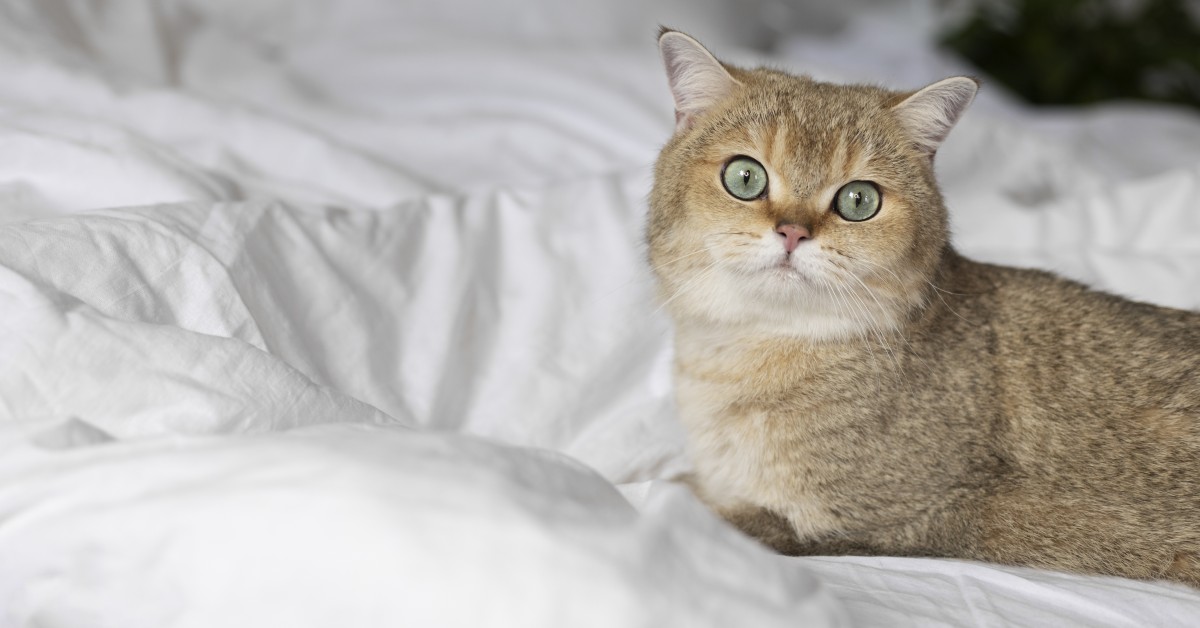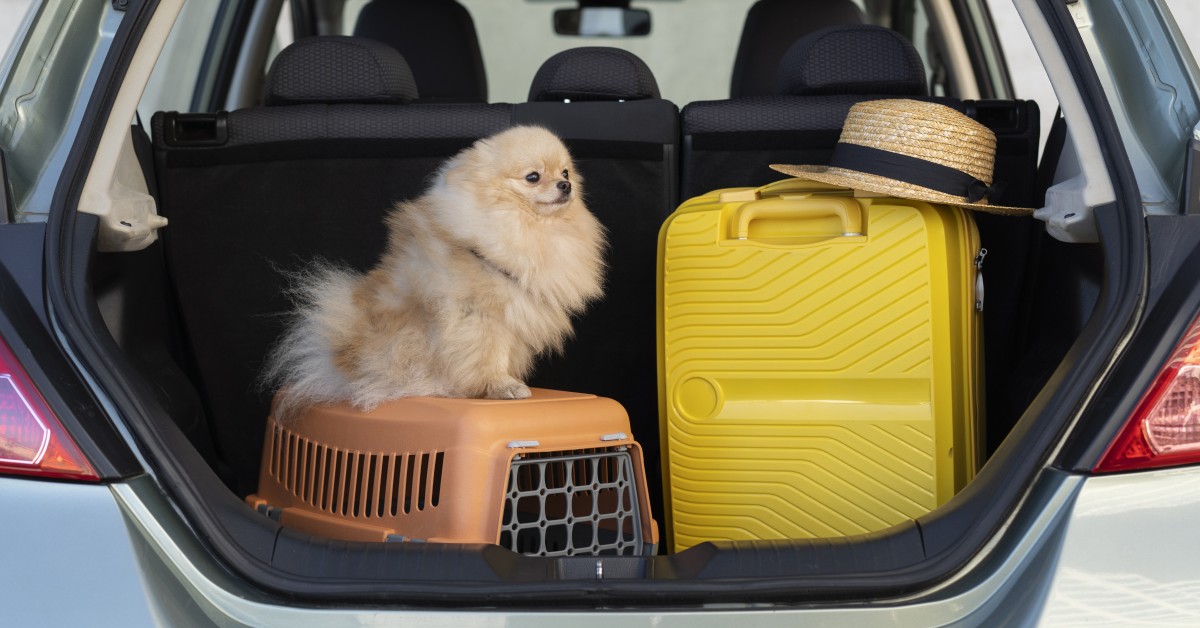How to Grow Your Own Catnip and Make Catnip Toys
Buying catnip and catnip toys can be costly but you can grow your own catnip and make catnip toys at home for a fraction of the cost.

If you’ve ever given your cat catnip, you’ve probably witnessed some odd behavior. Catnip, or nepeta cataria, contains a natural substance called nepetalactone that cats absolutely go wild for. When exposed to catnip, your pet may respond by rubbing, rolling, flipping, and ultimately zoning out. While this reaction may seem odd, catnip is completely safe and is commonly found in cat toys.
What Exactly Is Catnip?
Catnip is a common herb and a member of the mint family. It is grown in North America and features light-green foliage and lavender flowers. While catnip is most commonly associated with cats, the leaves of the herb can also be used to make tea, and the flowers are thought to soothe coughs. Catnip is also a prime ingredient in many natural bug sprays.
How exactly does catnip affect cats? Cats possess a special scent organ in the roof of their mouth, known as the vomeronasal gland. Scents that enter the nose or mouth go down this special pathway and to the brain, resulting in temporary behavioral changes in cats. Catnip can create behaviors that mimic those of feline sex hormones; therefore, cats exposed to catnip may exhibit behavior similar to a female cat in heat.
Can I Grow Catnip at Home?
Catnip plants can be purchased year-round and planted in well-drained soil or a large pot and kept in a sunny environment. During the dormant period, cut back any dead stems before new shoots begin to appear in mid-spring. Once established, catnip plants are tolerant to drought.
While plant-pot catnip can be planted any time of year, it’s best to plant it in the spring or fall. Choose soil that is moderately fertile without the use of additional fertilizer or manure. Coarse grit can be added to the soil prior to planting if the soil is too heavy or slow draining. After planting catnip, water immediately and continue to water during dry spells.
In late summer, the first flush of flowers should have finished, and you will need to cut back the stems that bloomed, leaving behind un-flowered growth. In the fall, the plant will die back to the ground and dead stems can be cut back before spring. Leave the dead growth on as long as possible to create shelter for beneficial insects in the winter.
How Do I Make Catnip Toys?
There's nNo need to spend money on expensive catnip toys when you can make them at home using just a few simple materials. Here are a few projects to try at home:
1. No-Sew Catnip Sock Toy
Find a clean sock without holes to make this no-sew catnip sock toy. Children’s socks or small ankle socks work best. Fill the sock loosely with polyester stuffing, available at most craft supply stores. Alternatively, you can use other stuffing materials, such as felt or cut-up t-shirt scraps. Sprinkle 1 tablespoon of catnip over the stuffing and move the stuffing around to distribute the catnip around the sock. Tie the open end of the sock into a knot to finish the toy.
2. Fabric Scrap Catnip Toy
If you have extra fabric lying around, consider creating some easy catnip toys. Measure and cut two 3.5-inch by 3.5-inch squares of fabric. Line up the two pieces of square fabric, wrong sides together, and sew three of the sides closed, leaving the final side open for the catnip. Turn the fabric pouch right-side out, then fill the toy with catnip and sew the final side.
3. Yarn Ball Catnip Toy
One thing that cats love just as much as catnip is yarn balls. You can combine these two things to create a yarn ball catnip toy. Start by covering a small Styrofoam ball in a light layer of Mod Podge, then coat it in dried catnip. Once dry, wrap the Styrofoam ball with yarn to create a yarn ball that your cat will enjoy unraveling to reveal the catnip inside.
4. Cardboard Tube Catnip Toy
If you have an empty toilet paper roll or paper towel roll lying around, you can make a simple cardboard tube catnip toy for your pet. Close one end of the tube by folding in the ends, one at a time. Add a bit of glue to prevent the tube from opening back up. Pour 1 tablespoon of catnip into the tube and close the other end to secure the catnip inside.
5. Felt Mouse Catnip Toy
You can make your cat a catnip mouse friend using just a few basic materials. Start by cutting out a circle from felt. Lay the circle on a flat surface and put 1 tablespoon of catnip in the center. Use string to create a “tail” for the mouse with a knot at the end. Place a section of the tail inside the circle with the rest sticking out. Fold the circle in half to create a semi-circle, then sew it closed to secure the catnip and tail base inside. Finish up your mouse toy by cutting out some felt ears and sewing or gluing them to the mouse’s head.
How Much Is Too Much?
While cats are unlikely to overdose on catnip, they can become ill if they consume too much. Consult your vet if your cat experiences lingering symptoms like dizziness, diarrhea, vomiting, or trouble walking.
Ready to start saving money on pet wellness care?
Then take a look at Mint Wellness, the pet wellness plan that provides fast reimbursement on routine pet care. Save on vaccinations, wellness exams, preventatives, dental, and more!
Learn More


